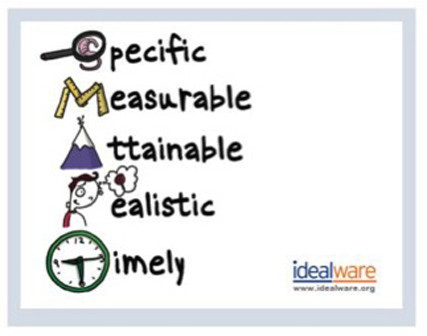The launch of Healthcare.gov was a disaster. Visitors couldn’t create accounts, access information on plans, or sign up to purchase insurance coverage. As a result, many have questioned the government’s ability to implement complex technology projects and, to a greater extent, its role in fixing major societal issues. Clay Johnson’s New York Times op-ed last year laid out a case for changing the way government approaches technology: “Large federal information technology purchases have to end.” He suggests lifting the red tape and enacting policies more akin to that of the private sector.
I believe many nonprofits would benefit from the same general approach. The challenges that plague the public sector are similar to those that nonprofits grapple with each time they look to implement an innovative system or strategy. Like the federal government, nonprofits struggle with three main issues as they try to stay on top of new products and services:
- Archaic governing policies
- Unaccommodating service providers
- A general lack of resources
Outdated policies constrain many traditional nonprofits. These guidelines, originally established to govern and protect the organization, often do more harm than good. Procedures that historically provided cover when organizations came under scrutiny are now hindering their ability to adapt to the changing technology landscape. For example, evaluating a nonprofit on arbitrary expenditure percentages (for example, overhead should not exceed 15 percent) without taking into account the totality of their impact, governance, or transparency is fruitless. If organizations are focused solely on managing or reducing costs, they will never invest in the future. Nonprofits need to adapt their fiscal and governing policies to accelerate the adoption of technology. Several new philanthropic or pro-social models have taken advantage of innovations in social media, mobile, and cloud-based technology. The Robin Hood Foundation and Invisible Children, for example, were born out of newer models—venture philanthropy and digital media, respectively. These malleable organizations have creativity and experimentation in their DNA, and are primed to capitalize on future tools, models, and technologies.
Nonprofits understand that they need to stay on top of technology trends, but they rarely view service providers as concerted partners in this effort. These providers need to understand the underlying dynamics that nonprofits deal with—shrinking budgets and, in some instances, little or no expertise in technology, are just a few considerations. At a recent nonprofit conference, a nonprofit development director quipped that the corporate sponsorship made him feel like he was “surrounded by vultures.”
Are you enjoying this article? Read more like this, plus SSIR's full archive of content, when you subscribe.
The last issue that greatly impedes nonprofits from implementing technology is the general lack of resources. Organizations are always looking for access to more capital, staff, and expertise. There are a number of organizations that provide technology resources to nonprofits looking for guidance in making critical decisions. Idealware, for example, is a nonprofit itself, and produces thorough and unbiased reports and papers on topics such as best practices for using infographics, guides on grant management systems, and workbooks on peer-to-peer fundraising.
Another nonprofit that provides great resources is TechSoup; it helps connect nonprofits, charities, and libraries with products ranging from refurbished servers to accounting software. Its community of registered organizations has access to more than 400 donated or discounted products and services from 90-plus Fortune 500 software and service providers.
 Helping nonprofits make software decisions, from an outreach, advocacy, and marketing report infographic. (Image courtesy of IdealWare)
Helping nonprofits make software decisions, from an outreach, advocacy, and marketing report infographic. (Image courtesy of IdealWare)
Another great resource is actually the Lean Impact methodology, a set of principles based on the popular Lean Startup approach of product development and business strategy. I’ve found success in using this approach during website design and development. Instead of working for months to perfect an untested design, for instance, we’ve launched sites with less-than-ideal design, tested their performance with live users, and refined from there. This approach refutes assumptions and reduces the risk of investing a substantial amount of time into a product that may ultimately fail. A/B testing and rapid prototyping are some of the tools in the lean methodology. The most important concept is iteration—build, measure, and learn until you discover your optimal outcome. This strategy can be extremely useful for organizations that have limited resources and want to capitalize on modern tools. Lean Impact curates events, classes, and other resources on how to best apply the framework.
Let Healthcare.gov be an example to nonprofits on how not to leverage technology and the pitfalls of falling short. While there are major hurdles to identifying and implementing cohesive technology solutions, technology presents a ripe opportunity to make organizations more efficient. I hope this post serves as an inspiration to challenge your organizational norms, both in the private and public sectors, in the name of progress.
Support SSIR’s coverage of cross-sector solutions to global challenges.
Help us further the reach of innovative ideas. Donate today.
Read more stories by Joe Magee.

